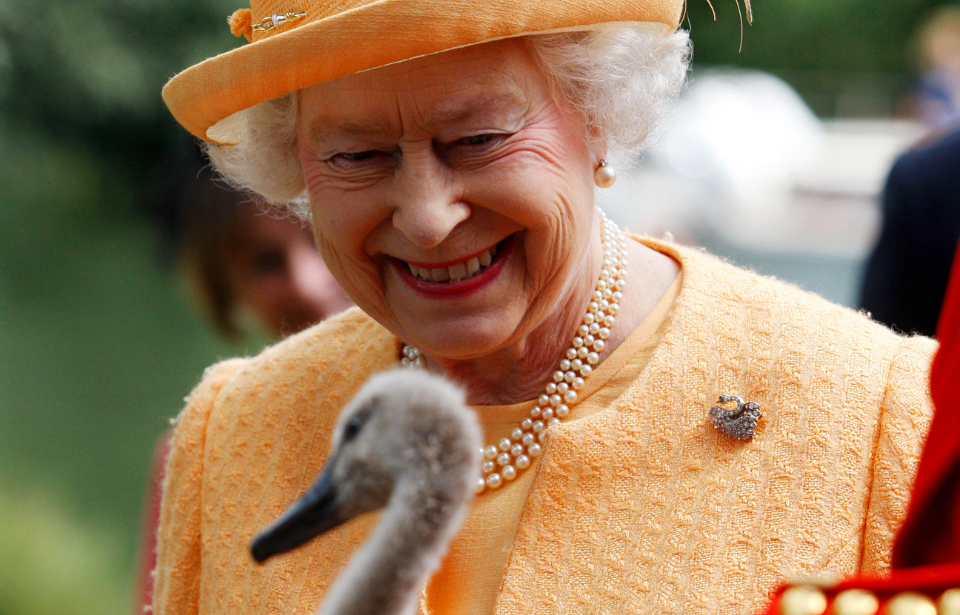In the modern world, being royal is a very different proposition than it used to be. Instead of being the absolute lord or lady of the realm, many rulers have become more ceremonial figures in their kingdoms. That was certainly true of Queen Elizabeth II of the United Kingdom. Even so, it was still good to be the Queen, as the role carried with it some very interesting perks, especially considering the late monarch was also an animal lover. Now, the perk has passed onto her son, King Charles III.
The monarch has ownership over swans
One of those perks was that the Queen owned, or at least co-owned, among other animals, a lot of swans. Since the 12th century, the British Crown has had the rights of ownership over all the mute swans swimming in open waters throughout the country. The right was legislated back when swan was a popular dish at feasts and at the monarch’s table. However, the Queen didn’t hold those rights absolutely, and neither does King Charles III.
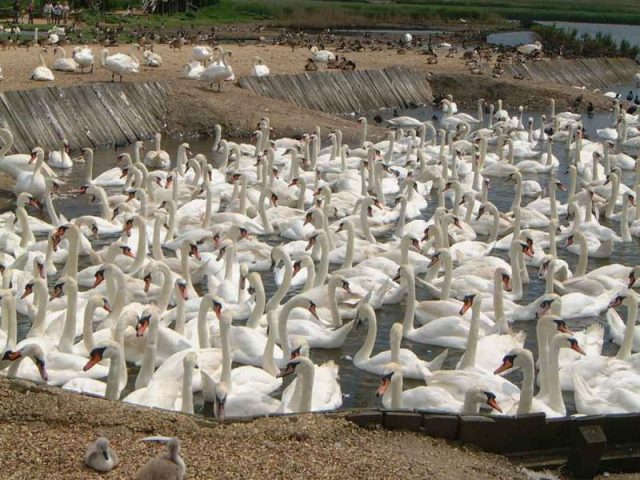
In the 14th century, ownership rights were granted to Abbotsbury Swannery in Dorset. Additionally, in the 15th century, this was also extended to the Worshipful Company of Dyers and the Worshipful Company of Vintners, who were given the ownership rights over the mute swans on the Thames. Outside of these groups, harming or killing a swan could carry a pretty stiff penalty, and even stealing a swan’s eggs could result in jail time for a year and a day.
The swan upping
Every year, the Crown still has an annual count of all the monarch’s swans on certain stretches of the Thames, in an event called swan upping. Since the birds aren’t eaten anymore and are now considered a protected species, the event is strongly geared toward conservation.
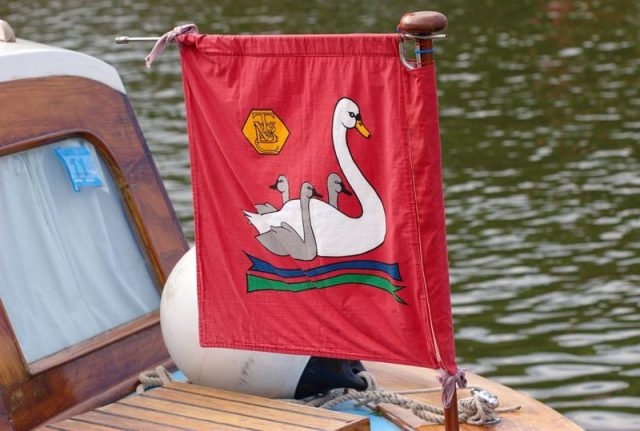
The census is headed by the monarch’s Swan Marker, and the teams doing the count head out up the Thames in row boats, looking for swans. They then examine all the swans and cygnets they find to check the birds’ health, and those swans belonging to the Vintners and Dyers are ringed with specific ID numbers. Any swans not specifically owned by either group are left unmarked, and belong to the monarch.
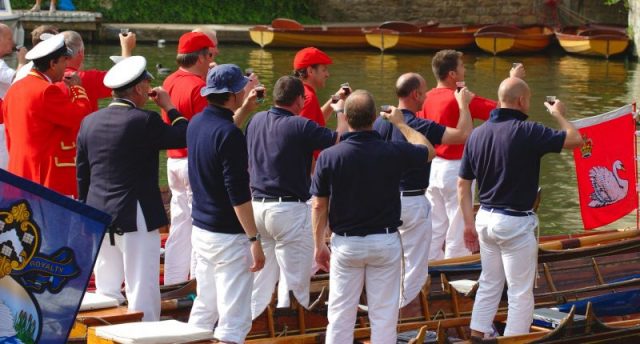
It’s not just swans they own
That’s not the full extent of the monarch’s aquatic animal holdings, either. According to Time, their dominion reaches under the water, as well as over it. Thanks to a law that dates from 1324, during the reign of Edward II, “Also the King shall have … whales and sturgeons taken in the sea or elsewhere in the realm.”
The law was never repealed, so King Charles III is also the technical ruler of all the “fishes royal” – dolphins, porpoises, whales, and sturgeons – that are within about three miles of the kingdom’s shores, as well as any that wash up on those shores.

These days, only sturgeon are still actively fished in British waters, and sales of the fish are conducted the usual way. However, the person or body purchasing the sturgeon has to request the honor of its being accepted by the King, as a gesture of loyalty.
The bats at Balmoral Castle
According to Travel and Leisure, the Queen’s fondness for animals extends to a colony of bats which inhabit Balmoral Castle. Balmoral is a castle in Scotland, which has long been a preferred site for royal vacationing, and a colony of bats inhabits the main hall. Queen Elizabeth II insisted that the staff leave them unmolested, “despite the extra cleaning work that they generate,” and was known to catch them with a special butterfly net to take them outside herself.
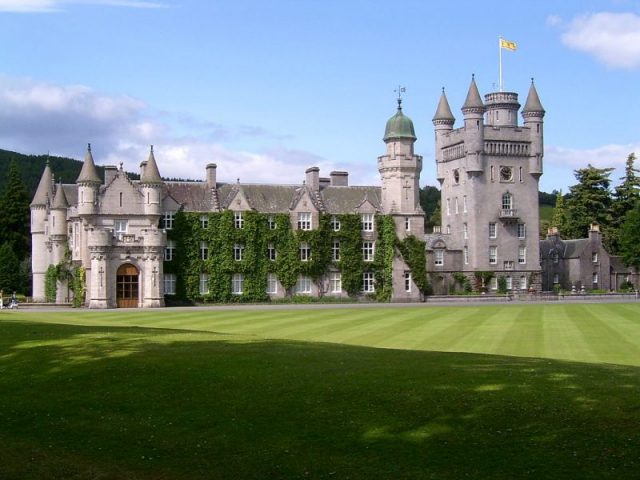
She was also personally gifted with some pretty exotic animals. In 1972, the President of Cameroon gave her an African forest elephant named Jumbo, and, in the 1960s, she was given a pair of pygmy hippos from the Liberian President.
Read another story from us: The Most Intriguing Special Privileges of Queen Elizabeth II
Other exotic animals she received included six kangaroos, a pair of giant tortoises, giant anteaters, two black jaguars, a number of crocodiles, and a pair of sloths. She, historically, donated all such gifts to London Zoo.
